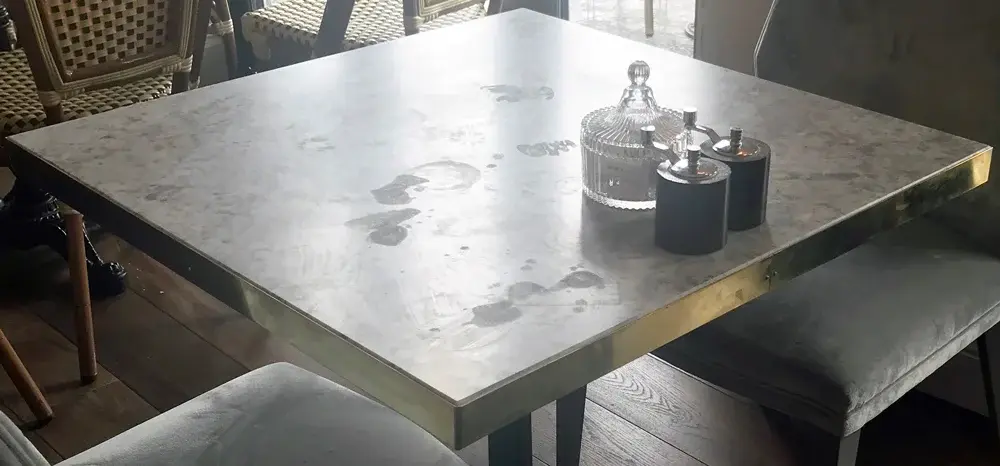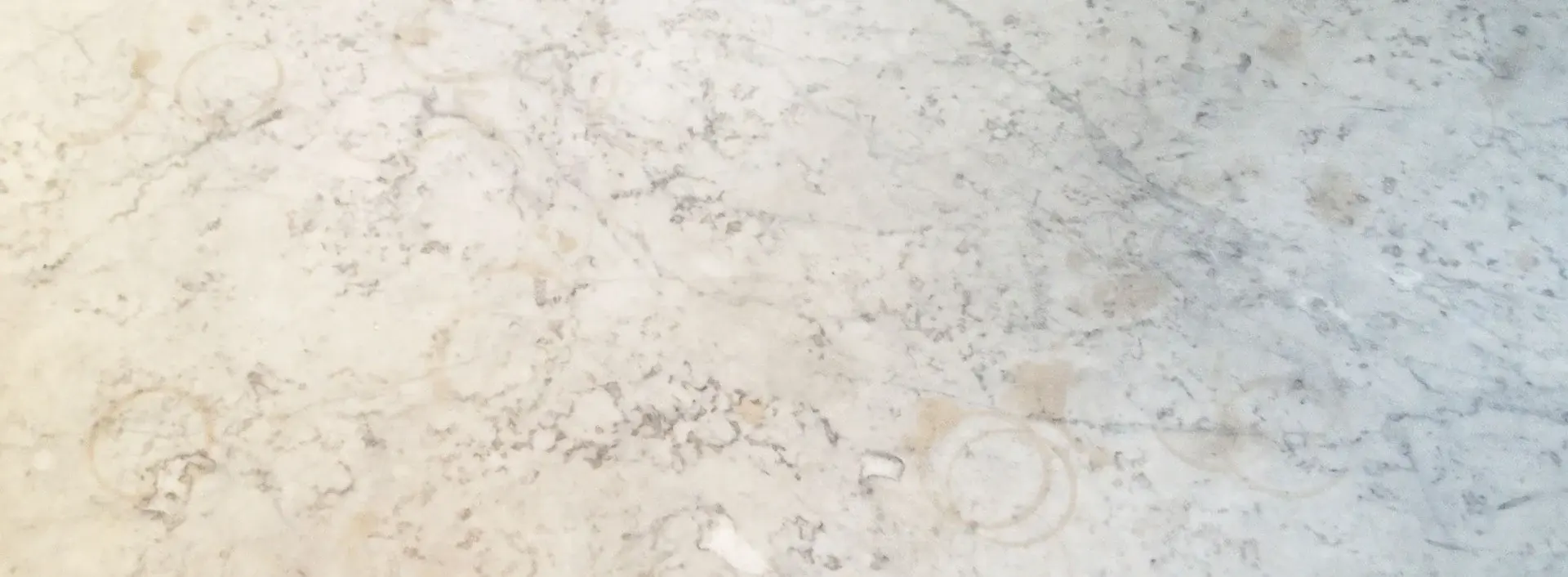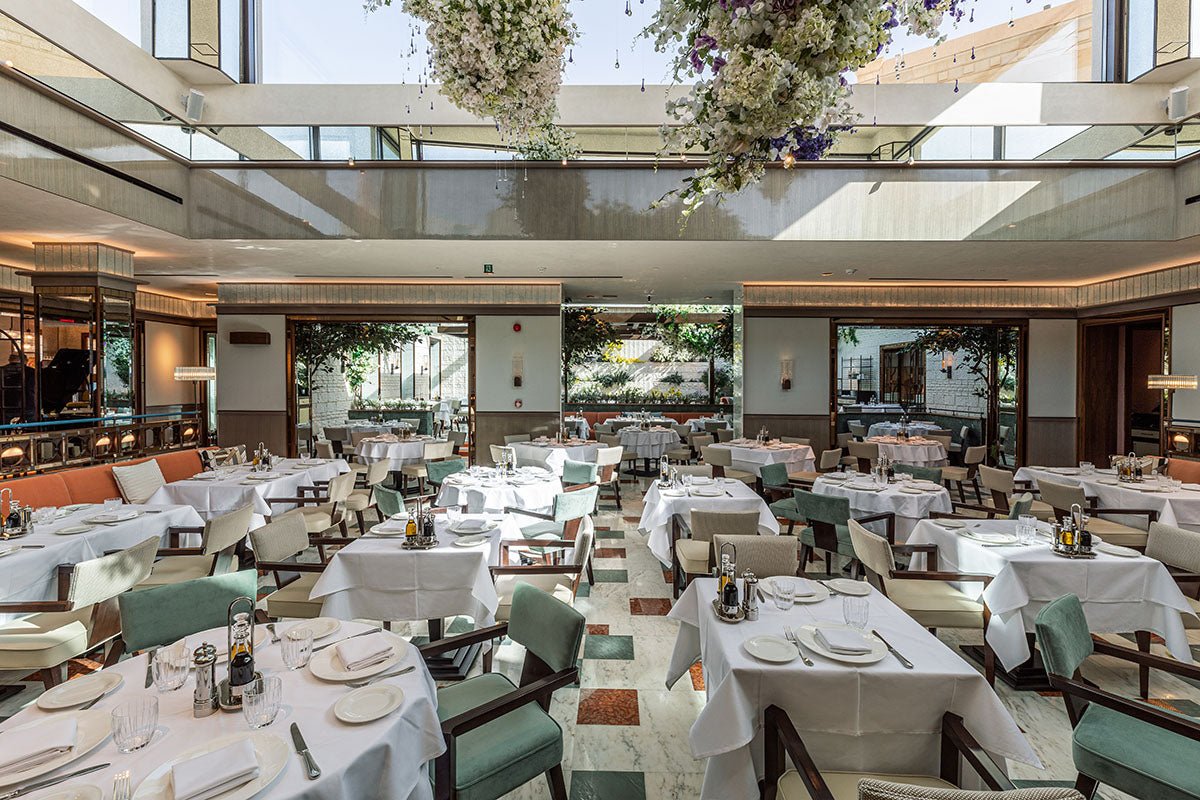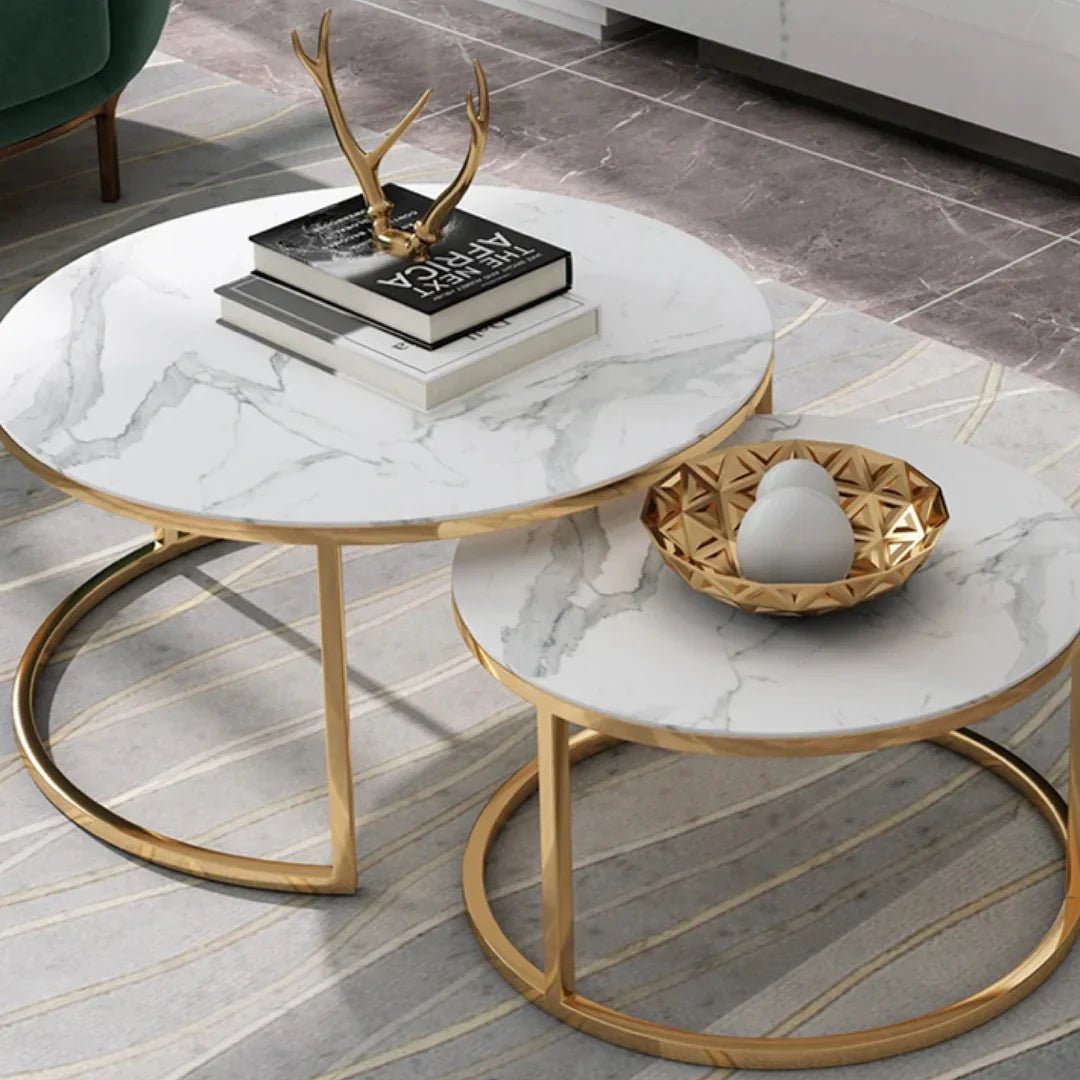Marble table tops continue to be a go-to material for restaurants, hotels, and cafes—and for good reason. This natural stone boasts timeless beauty, a smooth, tactile surface, and excellent heat resistance. When sourced smartly, marble can also be surprisingly cost-effective. With a naturally cool feel and wide variety of patterns and colors, marble adds both luxury and character to any hospitality setting.
Available in standard sizes and custom shapes, most marble tops are cut at a thickness of 20mm. A variety of edge profiles is also available, allowing you to tailor the finish to your design vision.
As with all natural materials, no two marble pieces are the same. Even slabs from the same quarry can have noticeable differences in pattern, veining, and tone—making every piece truly unique.
That said, marble is porous and needs to be properly sealed or lacquered to avoid staining and surface damage.
Popular Edge Profiles for Marble Table Tops
When selecting a marble top, edge profiling plays a big role in the final look. Common options include:
-
Pencil edge
-
Bullnose
-
Beveled
-
Mitred edge

Each profile offers its own aesthetic and functionality, especially in high-traffic hospitality spaces.
Most Popular White Marbles: Carrara, Calacatta & Arabescato
White marble remains the most in-demand color for commercial table tops. Among the favorites are Carrara, Calacatta, and Arabescato—all quarried in the same region of Italy but each with distinct visual appeal.
Here’s a quick breakdown:
-
Carrara: Subtle, soft veining with a cooler grey-white base. It’s the most budget-friendly of the three.
-
Arabescato: Features stronger contrast with bolder, smaller-scale veining on a bright white background.
-
Calacatta: Known for its dramatic, wide-vein patterns and occasional ivory undertones. It’s the priciest option and offers the most variation in pattern.
Requesting samples is recommended to choose the best fit for your hospitality venue.
Understanding Sandspots and Natural Variation
Some marble slabs may contain natural imperfections known as "sandspots"—areas with a slightly duller, matte finish. While these do not affect structural integrity, they add to the individuality of the piece. However, sandspots typically require more frequent resealing.

How to Secure Marble Table Tops to Bases
Marble tops can’t be screwed directly into table bases. Instead, a fixing plate—usually made of MDF or plywood—is adhered to the underside. This plate must be the right size to accommodate the table base's spider mount without being visible to guests. For outdoor use, marine ply or moisture-resistant MDF is essential.
Avoid pairing marble with flip-top bases, as their mechanisms aren't designed to support the weight and can wear out quickly or become unstable.
Safe Transport of Marble Tops
Marble is both heavy and brittle, making it one of the more delicate materials to ship. Extra precautions like plywood ‘sandwiching’ or custom timber crates are typically used, especially for overseas deliveries. Keep in mind, these protective measures may add to delivery costs.
What Is Acid Etching and How to Avoid It?
Etching occurs when acidic substances—like coffee, wine, fruit juice, mustard, or vinegar—react with the marble, leaving a dull, matte ring or mark on the surface. Even some cleaning products, such as bleach or hydrogen peroxide, can cause this effect.
Although etching doesn’t change the color of the marble, it does affect the surface texture and sheen. It’s a common issue in hospitality environments, so proactive care is essential.
Tips for Preventing Stains on Marble
Keeping marble in pristine condition is tough in a busy commercial space. Coffee stains, especially, can leave dark rings. Consider choosing darker marbles like Grigio Carnico to better hide potential marks.

Staining from Wine on Carrara Marble
Protecting Against Chipping and Surface Scratches
While stunning, marble is inherently brittle. Chipping commonly occurs when tables are pushed together or moved frequently. Corners of square and rectangular tops are most at risk, especially with sharper edge profiles. Rounded edges or circular tops are more resilient in this regard.
Best Practices for Cleaning Marble Table Tops
Use only mild, non-acidic cleaners like warm soapy water, diluted detergent, or marble-safe sprays. Avoid harsh disinfectants, especially those containing alcohol or acids (such as D10). Spills should be wiped immediately to prevent long-term damage.
For tougher stains—like ink or grease—white spirit or a gentle stain remover like Vanish Oxi Action may work, but always test on an inconspicuous area first. After deep cleaning, reseal the surface to restore its finish.
Routine Maintenance for Longevity
Marble tops come sealed, offering light protection and a soft sheen. Over time, cleaning and general use will erode this layer, so resealing is recommended periodically using a high-quality penetrating stone sealer.
Regular maintenance is key to preserving the marble’s natural elegance over time.
Want the Marble Look Without the Maintenance?
If you're drawn to the luxurious appearance of marble but concerned about upkeep, there are plenty of durable alternatives available.





